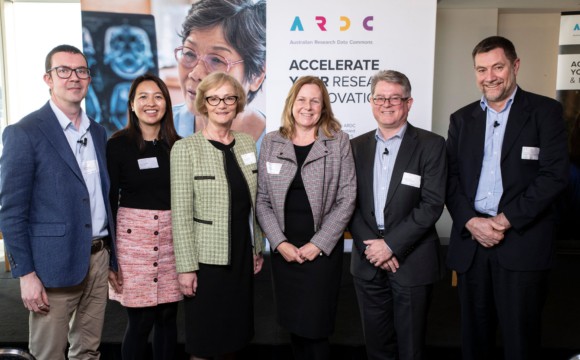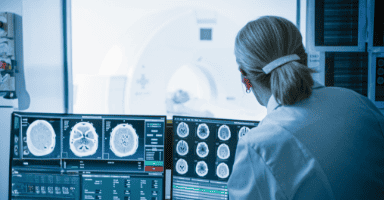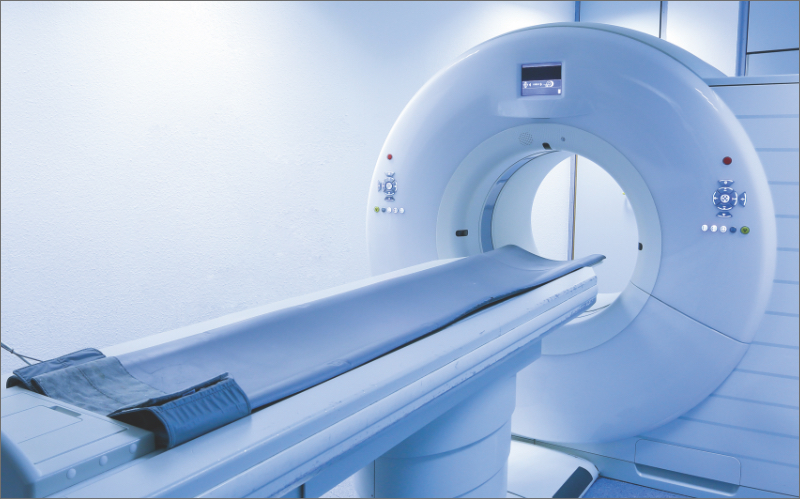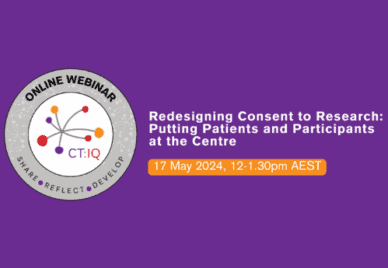
Health and medical experts from research and industry gathered in Melbourne/Naarm on 5 September for the second ARDC Leadership forum for 2023, where they explored the opportunities trusted research environments provide and the challenges facing their adoption.
The ARDC Leadership Series is a set of forums providing decision makers in academia, government and industry with the opportunity to work through some of the data challenges facing Australian researchers. The previous forum focused on translation pathways for environmental data.
Trusted research environments – or TREs – are highly secure controlled computing environments that allow researchers to gain access to and analyse data in a safe way. Coming from different sectors and roles in the health and medical space, experts at this forum spoke on such issues with TREs as building trust and working with multiple environments from the perspectives of platform providers, industry providers of data and academic users of data. The panel consisted of:
- Professor Joanna Batstone, Director of the Monash Data Futures Institute, who facilitated the forum
- Professor Dougie Boyle, Professor of Clinical Data Analytics at The University of Melbourne, providing the perspective of a platform provider
- Dr Charmaine Tam, Senior Consultant at Telstra Health, providing the perspective of an industry provider of data
- Professor Jim Buttery, Group Leader for Health Informatics at the Murdoch Children’s Research Institute, providing the perspective of an academic user of data
- Associate Professor Bernie Pope, Bioinformatics Lead at Melbourne Bioinformatics and Associate Director (Human Genome Informatics) at Australian BioCommons, providing the perspective of a user of genomic data.
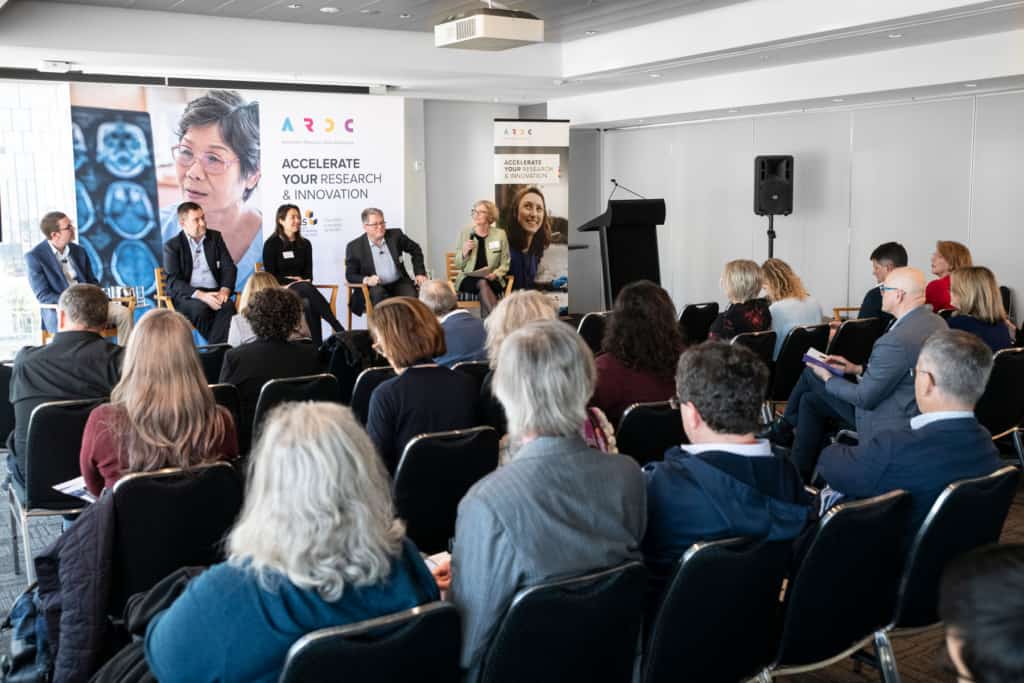
In her welcome speech, Rosie Hicks, CEO of the ARDC, stressed that while virtual and secure research environments allow collaboration across boundaries and ensure the safety of data, TREs go beyond this by being trusted.
“[TREs] help to ensure that the expectations of all research stakeholders are met. This means that not only can the service provider have confidence in the usability and security of the technology for research, but the data custodians and the people whose data is being accessed have confidence there is robust governance and oversight of how their data is used and that this kind of research infrastructure meets their legal, ethical and cultural expectations.”

Noting the need to use very sensitive information for research and innovation and TREs’ increasing popularity around the world, Prof Batstone said in her opening statement, “Ensuring health data can be analysed in a secure, trusted research environment is critical to enable us to maintain public trust in the research process while enabling researchers to bring together a range of data types from a variety of different data sources.”
Building Trust
A main theme of the forum was the challenges in delivering TREs. Speaking as a platform provider, Prof Boyle highlighted the importance of a robust, open process for de-escalating data breaches, which might be as simple as someone giving access to the wrong person, besides securing the platform. He also noted that while universities provide trusted processes at an institutional level, sometimes the environment is provided by a department of faculty.
As a researcher who uses sensitive medical data, Prof Buttery finds it most challenging to build relationships with data providers so that they trust him enough to provide access.
“My personal record is 6 years from initiating contact with an independent industry partner,” he said. “You have to be aware that most organisations are not there for research, and you just need to carefully build that relationship, making sure you’re answering all of their queries in a way that helps them justify to potentially sceptical board members.”
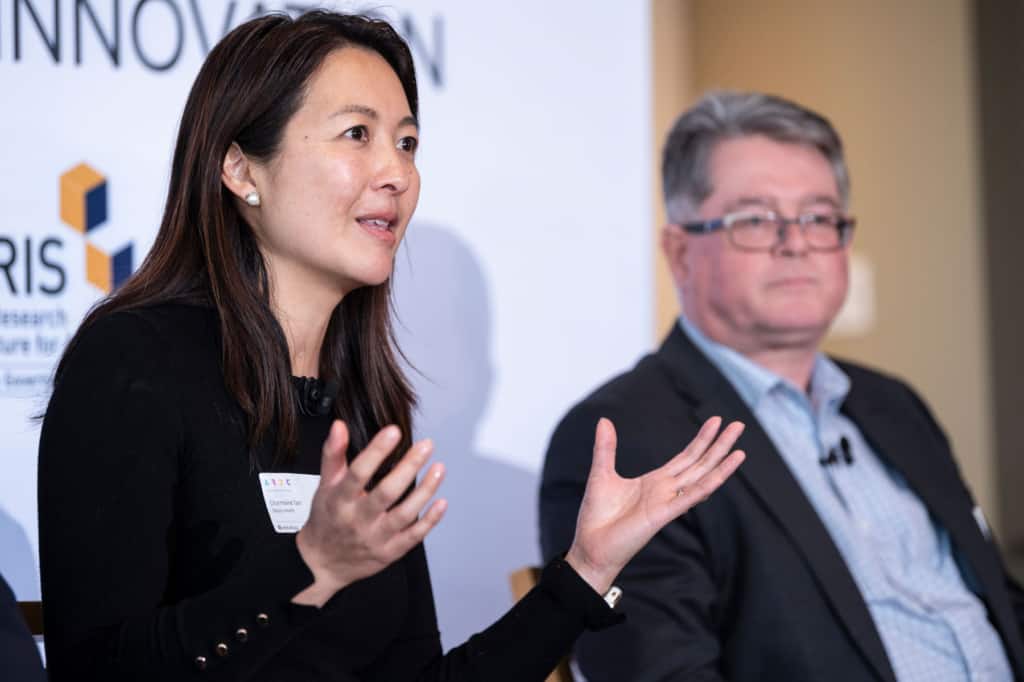
Coming from industry, Dr Tam agreed that it takes time to build trusted relationships among researchers, the many patients, clinicians and other stakeholders from whom the data originates, and the software vendors holding the data. Recognising the need to derive insights from that data, the industry is developing a consent and governance model for secondary use, though Dr Tam noted that currently only 10% of clinicians opt in for it.
Speaking as a genomics researcher, A/Prof Pope noted the sheer size of omics data and the opportunities and risks it brings, which make it well worth investing in TREs for genomics. However, he pointed out that many areas of expertise need to come together to build research environments that are trusted.
“We have the participants who donate their bio samples and their information. Most importantly, we have the clinicians who are involved with some cases where patients are involved. We have people who are experts in the legal, ethical and social aspects. We have people who are experts in digital infrastructure, computing, high-performance computing algorithms, data analytics, statisticians and mathematics. We have all of the work that goes into project management, all of the work that goes into funding and organising these things. It’s extraordinary …”
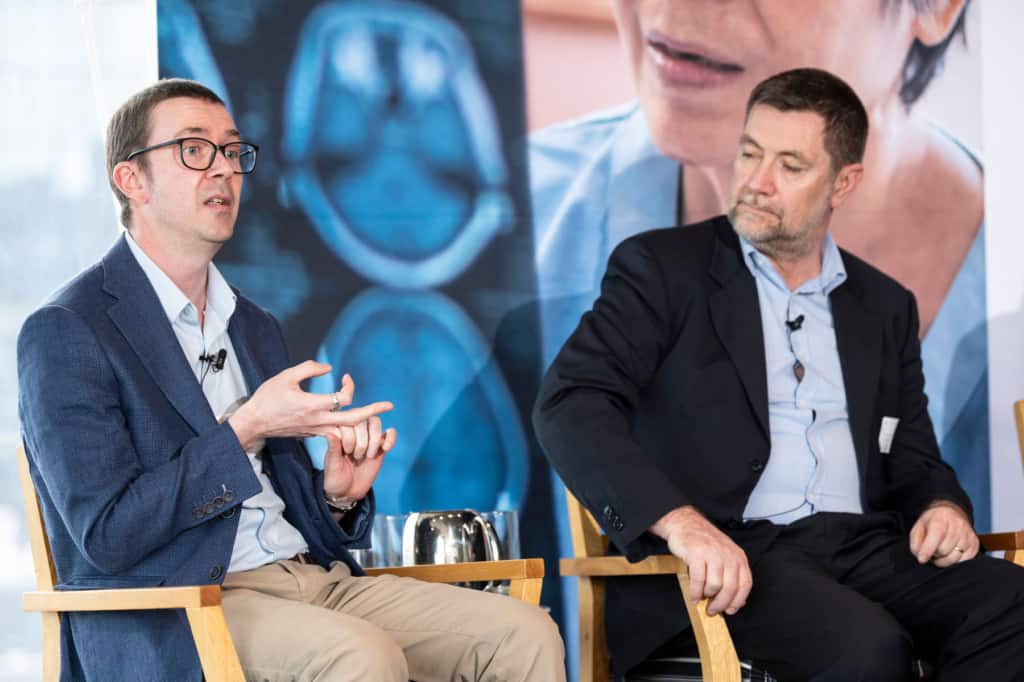
Working with Multiple Environments
The panel also considered the fact there are now multiple TREs, including the ARDC-supported E-Research Institutional Cloud Architecture (ERICA) and Secure eResearch Platform (SeRP). Prof Boyle and Prof Buttery agreed that this will continue to be the case. One reason, Prof Boyle suggested, is that companies, universities and hospitals have their own imperatives when it comes to looking after the data. Meanwhile, Prof Buttery suspects that with there being multiple jurisdictions in Australia, compartmentalisation arising from state privacy laws is inevitable. The question is then how to navigate through all these TREs.
“I guess the challenge … is that there isn’t actually a tight definition of what [TREs] are,” said Prof Boyle, who proposed some form of accreditation on what constitutes a TRE. On the other hand, Prof Buttery suggested some level of standardisation and harmonisation, which could, for example, come in common data models that facilitate interchange between platforms.
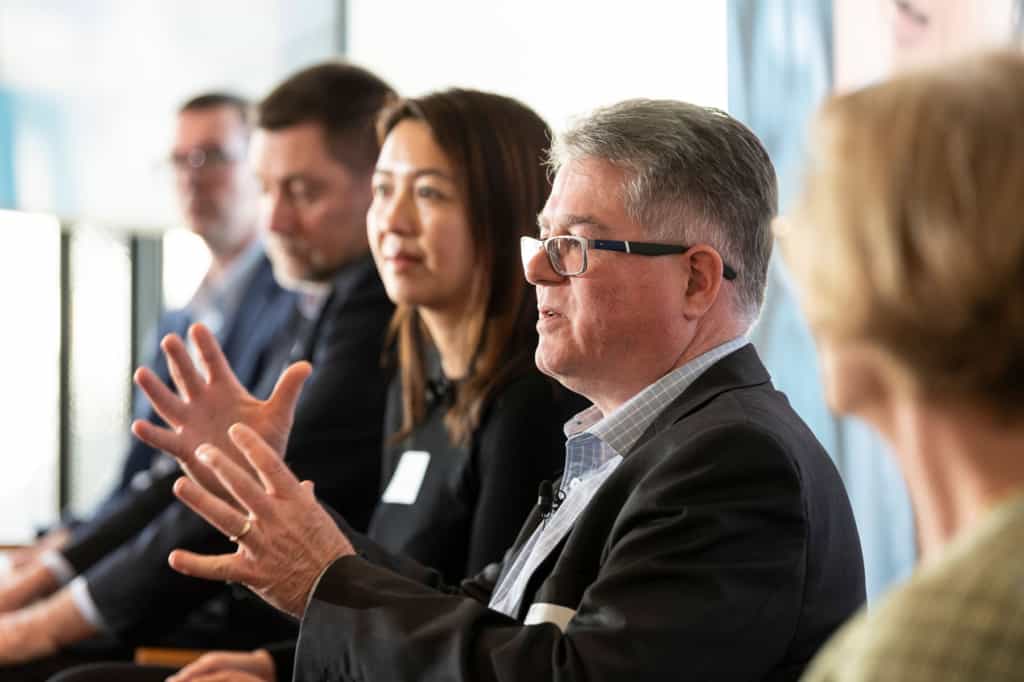
Visions for TREs
In response to questions from the audience, the panel also discussed such other issues as software in TREs, the roles of government and cloud providers, and mechanisms for trust like the EU’s General Data Protection Regulation (GDPR) and dynamic consent. At the end of the discussion, the panel shared their views on future steps for TREs:
- A/Prof Pope called for a national program that brings together all the people needed to build TREs.
- Prof Buttery stressed the importance of interoperability.
- Dr Tam called for a shift from gathering research insights to actioning them through TREs, noting that there’s a 20-year gap between research and application.
- Prof Boyle hoped for a process for efficient access.
Adding to the conversation, Dr Adrian Burton, Deputy CEO of the ARDC and Director of the ARDC People Research Data Commons (People RDC), outlined the ARDC’s work to deliver national-scale data infrastructure for health research and translation with respect to 4 data challenges, namely data strategy and data discovery, secure data access, data integration, and advanced analysis.
“We are looking to work with and across the health system to provide coordination and coherence,” said Dr Burton. “One of the programs we’re looking to launch is a national framework for TREs that touches governance, technology, integration and some of the social aspects.” The second phase of the program will involve looking at the research system and considering what a network will look like, where an environment is needed, interoperability with the private sector, and other questions.
Next Steps
You can watch the forum in full here:
A long-term national infrastructure program supported by the Australian Government, the ARDC People RDC will develop, operate and coordinate national-scale capabilities to support digital health research and translation. Learn more and register your interest.
The ARDC is funded through the National Collaborative Research Infrastructure Strategy (NCRIS) to support national digital research infrastructure for Australian researchers.

